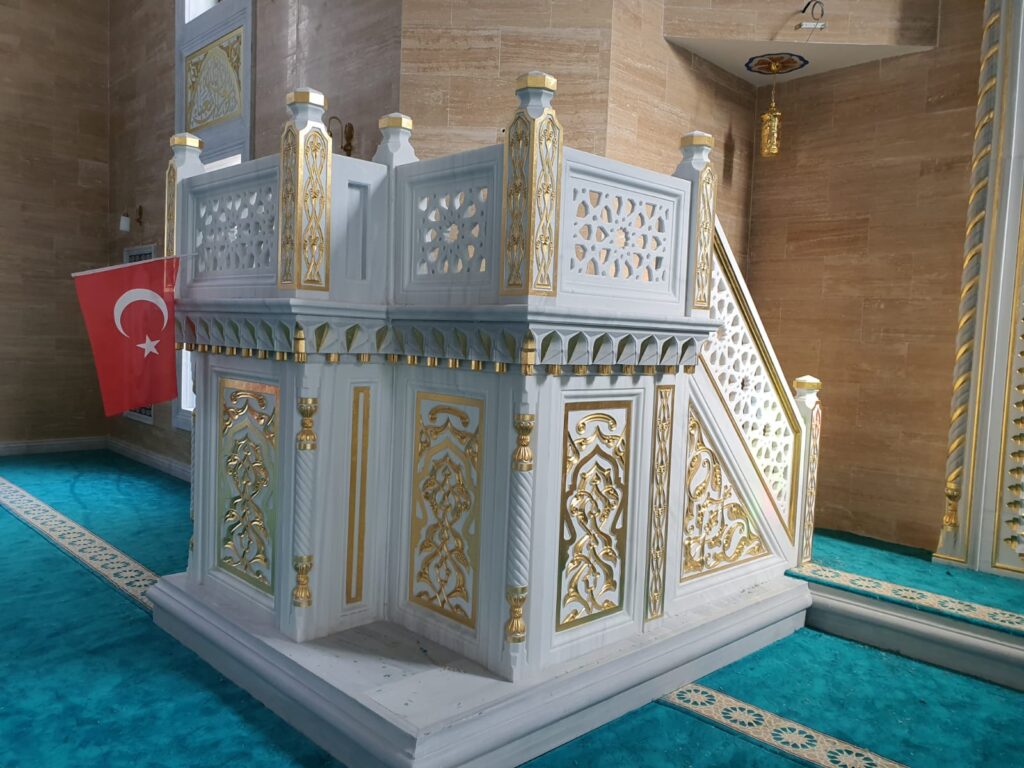In this article, we delve into the history and significant uses of Marmara Island marble in Islamic architecture, exploring its backstory through an introduction and a series of essential subheadings.
Turkish marble is one of the most renowned types of marble globally, boasting high quality and captivating beauty. It finds use in various architectural and decorative projects worldwide. Marmara Island, the largest island in the Sea of Marmara, lies in the sea’s southwestern region and falls administratively under the Balıkesir province.
History of Turkish Marble:
Marble production in Turkey dates back thousands of years. It was prominently used in constructing temples, palaces, and baths during the Roman and Byzantine Empires. During the Ottoman era, the marble industry continued to flourish, with Turkish marble utilized in building numerous mosques, museums, and palaces throughout the empire.
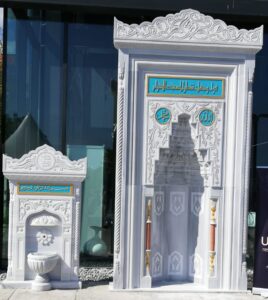
History of Marmara Island Marble Use:
Marmara Island marble stands as one of the most ancient types of Turkish marble, extracted from Marmara Island in the Sea of Marmara. Its usage traces back several centuries, serving in cladding temples, palaces, and mosques. It was also featured in unique sculptures of pulpits, mihrabs, fountains, ablution areas, columns, crowns, and arches.
Marmara Island Marble in Mosques and Fortresses:
Marmara Island marble is acclaimed for its beauty and shine. It has been extensively incorporated into Islamic architecture, including mosques and fortresses in Turkey and various Islamic countries. The detailed carvings and sculptures of this marble highlight Ottoman artistry and creativity in Ottoman-Islamic architectural designs.

Features and Multiple Uses of Marmara Island Marble:
Strength and Durability of Marmara Island Marble:
Marmara Island marble is recognized for its durability and strength, making it suitable for both construction and decoration. It is also known for its dazzling shine, beautiful whiteness, and unique gray streaks, which give it a fantastic, seamless appearance.
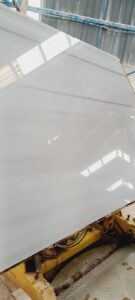

Uses of Marble in Interior and Exterior Decorations:
Primarily, Marmara Island marble decorates both interior and exterior designs, including elevator doors, staircases, and mosaic marbles. It is also employed in garden designs, ornaments, and sculptures.
Marmara Marble as a Top Choice for Flooring:
Owing to its homogeneous structure and natural look, Marmara marble is primarily used in flooring for large-scale projects and modern buildings.
Global Popularity of Marmara Island Marble:
Use of Marble in International Projects and Modern Designs:
Despite its ancient roots, Marmara Island marble enjoys broad international fame. It’s employed in international projects and contemporary designs, standing out as one of the best choices for achieving aesthetic and elegant designs.
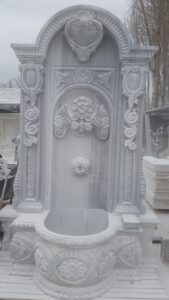
World-Famous Sites Featuring Marmara Island Marble:
Marmara Island marble has been used in numerous historical areas and cities like Damascus, Baghdad, Cairo, and Jerusalem. Its affordability, in comparison to other marble types, is a distinctive advantage.
*Kurabi Marble Company: A Reliable Source for Turkish Marmara Marble:*
Role and Location of Kurabi Marble Company in the Turkish Marble Market:
Kurabi Marble stands as one of the most prominent firms in the Turkish marble trade and export sector. Based in Turkey, the company relies on dependable sources from Marmara Island marble quarries, leveraging its extended partnerships and vast experience.
Quality and Competitive Prices of Turkish Marble from Kurabi Marble Company:
Kurabi Marble ensures the marble it offers is of superior quality, compliant with both Turkish and European standards. The company processes and prepares the marble using top-tier technologies, encompassing laser cutting, polishing, and treatment machines, ensuring the highest quality standards.
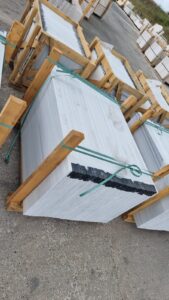
Conclusion:
In summary, Marmara Island marble is an excellent choice for achieving distinctive and attractive interior and exterior designs. Kurabi Marble provides this marble in the highest quality and at competitive prices.

